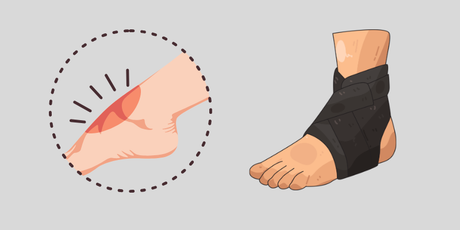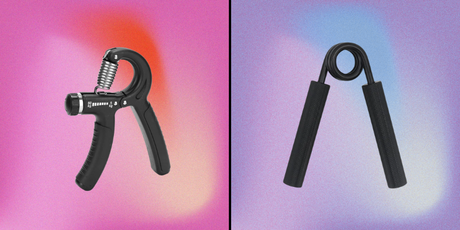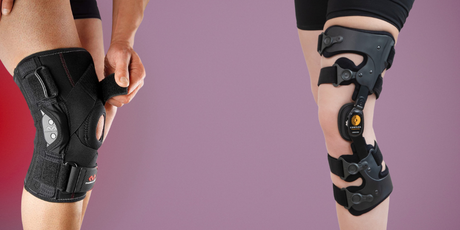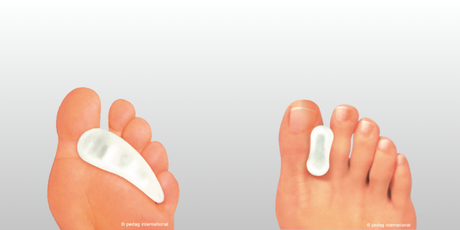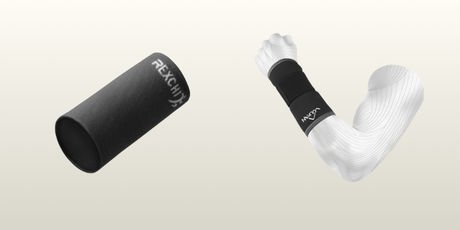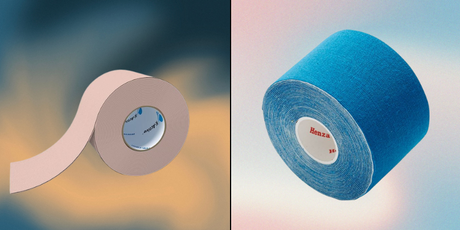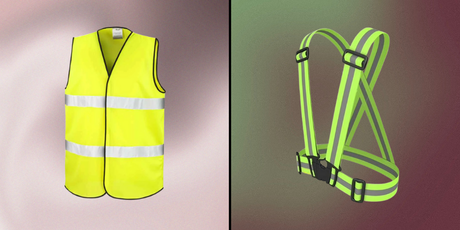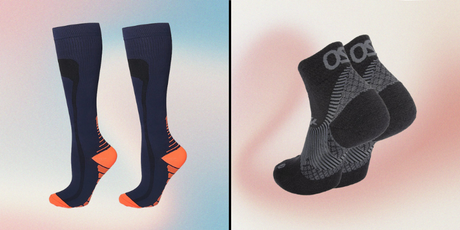Osteoarthritis is the most common chronic joint disease in Sweden and worldwide. Osteoarthritis is a disease that causes degradation of the joint cartilage, leading to pain, stiffness, reduced function and sometimes inflammation of the joint. Osteoarthritis comes in many different forms and usually affects people after the age of 45, but can occur earlier - especially if you have a previous joint injury.
What is osteoarthritis?
Osteoarthritis is a joint disease that can affect one or more joints, with symptoms developing gradually. As the articular cartilage thins or disappears, friction between the joint surfaces increases, often leading to inflammation, pain and swelling, especially when the joint is stressed.
There are two main types:
-
Primary osteoarthritis - develops without a clear cause, often linked to age and genetics
-
Secondary osteoarthritis - occurs as a result of e.g. previous trauma, fracture or disease
Symptoms of osteoarthritis
The symptoms that are most common include:
-
Pain on exertion, often throbbing or cutting
-
Stiffness in the joint, especially in the morning or after rest
-
Swelling or increased heat around the joint
- Reduced mobility
- Cracking or noises when moving
- Changes in the shape of the joint, especially in osteoarthritis of the fingers
Osteoarthritis pain can increase with activity, but even rest can become uncomfortable over time. It is important to recognise osteoarthritis at an early stage to start the right treatment.
Common forms of osteoarthritis
Osteoarthritis can affect several different joints. The most common are:
-
Osteoarthritis of the knee / knee osteoarthritis - affects the knee joint, making it difficult to climb stairs or get up
-
Osteoarthritis of the hip / hip joint osteoarthritis - limits mobility in the hip joint, often with radiating pain towards the groin
-
Osteoarthritis of the fingers - often causes knots and stiffness in the finger joints
- Other areas: foot, shoulder, back, big toe
Osteoarthritis of different joints can occur at the same time, especially in older people or those with a hereditary predisposition.
Causes and risk factors
Getting osteoarthritis is often due to a combination of factors. Some of the main risk factors are:
-
Age - common after 45 years
-
Previous joint injury - e.g. radius fracture or meniscus injury
-
Obesity - increases pressure on weight-bearing joints such as knees and hips
-
Repetitive strain - at work or in sport
- Heredity
The risk of osteoarthritis increases even if you are physically inactive or have weak muscles. People who have been very active in contact sports can also get osteoarthritis a few years later.
Treatment for osteoarthritis
There is no cure, but the right interventions can make a big difference. Treatment of osteoarthritis focuses on reducing pain and swelling, improving function and slowing progression.
Exercise and lifestyle
-
Exercise for osteoarthritis is the basis of treatment - preferably under the supervision of a physiotherapist
- Attending an osteoarthritis school - for patients with osteoarthritis who want to learn how to manage the condition
-
Physical activity such as cycling, swimming and walking strengthens muscles without overloading
- Losing weight if necessary - reduces pressure on knee and hip joints
Aids and supports
-
Assistive devices such as canes, inserts or stabilising orthoses
- Adapting the work environment to reduce unnecessary strain
Preventing osteoarthritis
Even if you haven't developed osteoarthritis, there are many things you can do to prevent it or reduce your risk of developing it:
- Maintain a healthy weight
- Be physically active on a regular basis
- Avoid repetitive, heavy loading of the joint
- Exercise the muscles that stabilise the joints
- Take care of injuries properly to reduce the risk of secondary osteoarthritis
Living with osteoarthritis
Osteoarthritis is a joint disease that affects the joints by gradually breaking down the articular cartilage. It can cause pain, stiffness and disability, but with the right treatment - especially exercise and lifestyle changes - it is possible to lead an active life. Treatment for osteoarthritis should be personalised to each individual, with the physiotherapist often playing a key role. In severe cases, surgery may be considered.




